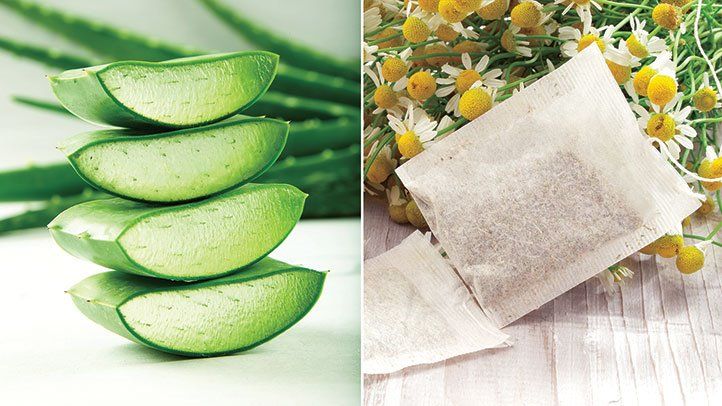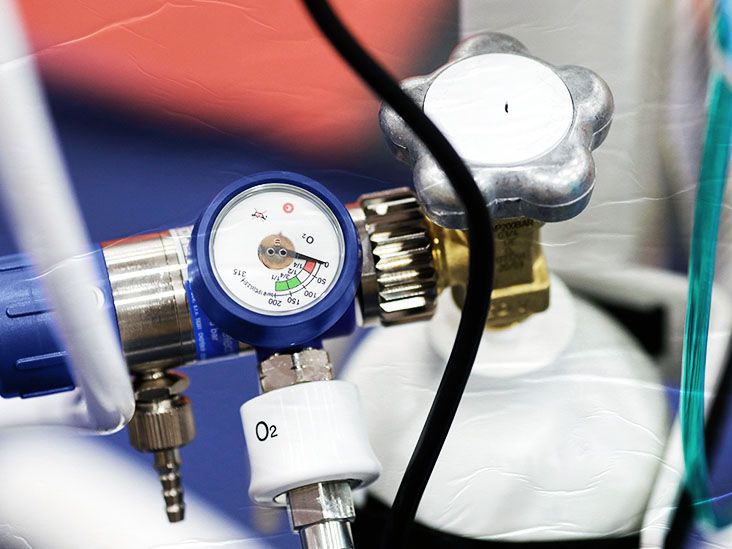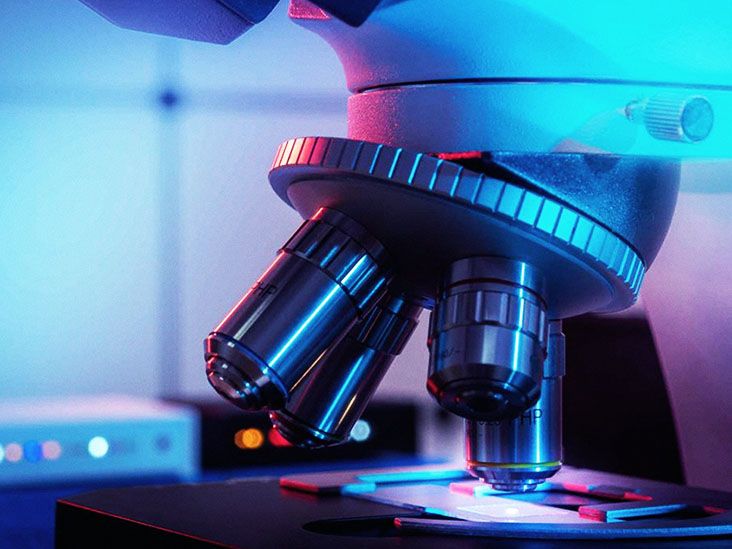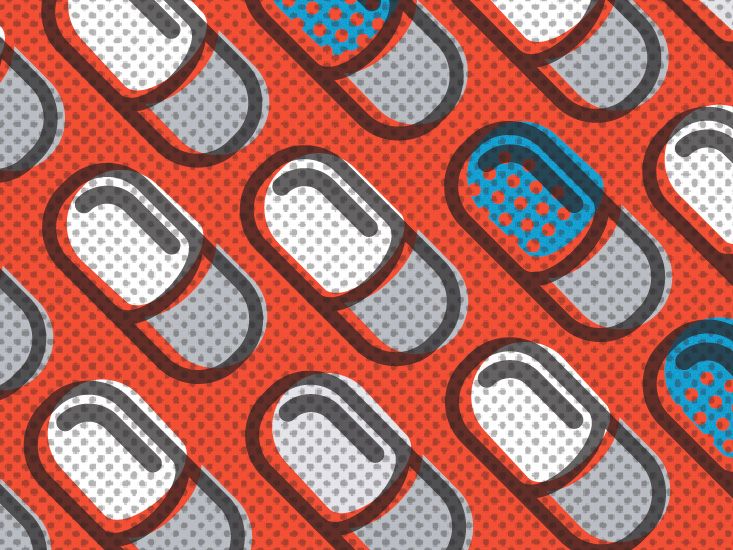What Causes Blood Blisters on the Inside of the Cheek?
Blood blisters on the inside of the cheek can be uncomfortable and sometimes alarming. However, they are usually harmless and tend to go away on their own within a week or two. There are several potential causes of blood blisters inside the cheek.
1. Accidental Cheek Biting
One of the most common causes of blood blisters on the inside of the cheek is accidentally biting the cheek. This typically occurs while eating, talking, or sleeping. The teeth can pinch the soft inner cheek tissue, rupturing capillaries and causing a blood blister to form.
Cheek biting is more likely to happen if there are misaligned teeth, rough edges on teeth, dental work like braces or retainers, or jaw pain issues like TMJ or teeth grinding. People may also be more prone to cheek biting when eating crunchy foods, talking excitedly, or experiencing stress.
2. Canker Sores
Canker sores are small, round white or yellowish ulcers that can occur on the inside of the cheek as well as other parts of the mouth. They are believed to be caused by a minor trauma, such as cheek biting, coupled with factors like stress, nutrient deficiencies, hormonal changes, or a weakened immune system.
The ruptured skin from cheek biting can allow the development of a canker sore. The sore may start as a red spot or bump before progressing into an ulcer. Canker sores are typically painful for a few days before improving on their own.
3. Mouth Injuries
Physical injuries to the inside of the mouth from sharp foods like chips or crisps, dental tools during procedures, or trauma from an object or blow to the face can all cause blood blister formation. Basically, any significant impact on the soft inner cheek tissue that ruptures capillaries and blood vessels can lead to a blister.
4. Infections
Less commonly, blood blisters inside the cheek may arise due to infections. Viral infections like cold sores, canker sores, or hand, foot and mouth disease can all manifest with painful mouth lesions. An overgrowth of yeast like thrush may also cause raised red lesions.
Bacterial infections are less likely, but syphilis can initially cause a painless mouth ulcer. Various strep or staph bacterial infections from oral surgery or dental procedures may involve blister-like lesions as well.
5. Mouth Cancer
In very rare cases, a blood blister, sore, or lesion inside the mouth that does not heal within 2 weeks could be a sign of oral cancer. Cancers that start on the inside of the cheek are uncommon, but may appear as an enlarging mass, lump, or non-healing ulceration.
Oral cancer risk factors include tobacco use, frequent alcohol consumption, older age, and HPV infection. See a dentist or doctor immediately if a mouth sore does not improve.
Are Blood Blisters on the Inside of the Cheek Dangerous?
In most cases, blood blisters on the inside of the cheek are not dangerous. They may be uncomfortable, but will usually heal on their own within 7-10 days. However, there are some instances when medical evaluation is recommended.
See a Doctor If:
- The blood blister doesn't go away after 2 weeks
- It seems to be getting bigger or changing
- You have frequent recurrences
- You have pain, swelling, redness, or pus
- You have symptoms like fever or fatigue
- You have risk factors for oral cancer
While cancer is very rare, it's important to get any non-healing mouth lesion examined. Untreated canker sores that keep occurring may signify an underlying condition that needs treatment as well.
Blisters accompanied by worsening pain, swelling, redness, fever, or pus may indicate a spreading infection that requires antibiotics. Seek prompt medical care if any signs of infection develop.
How to Treat Blood Blisters on the Inside of the Cheek
Blood blisters inside the cheek usually don't require any treatment. They typically rupture in a day or so and then heal on their own within 1-2 weeks. But you can help speed healing and manage pain with the following measures:
1. Avoid Further Irritation
Preventing further trauma to the blister site allows faster healing. Be very careful when eating crunchy or sharp foods to avoid biting the area again. speaking more gently can also help.
2. Apply Cold Compresses
Applying an ice pack or cold compress to the outside of the cheek for 10 minutes several times a day can help reduce pain and inflammation. This is most useful in the first 24-48 hours after blister development.
3. Try Over-the-Counter Pain Relievers
Non-prescription pain relievers like acetaminophen or ibuprofen can temporarily relieve discomfort from blood blisters on the inside of the cheek.
4. Rinse with Salt Water
Gently swishing and gargling with warm salt water 2-3 times a day keeps the area clean, promotes healing, and may ease pain. Dissolve 1 teaspoon salt in a cup of warm water.
5. Apply OTC Topical Medications
Over-the-counter pastes, gels, or creams containing ingredients like benzocaine or hydrocortisone may provide additional pain relief and anti-inflammatory benefits when applied directly to the blister.
6. Adjust Oral Hygiene Routine
Avoid mouthwash or brushing directly over the blood blister until it has healed to prevent pain. Be extra gentle when brushing nearby areas.
When to See a Doctor for Blood Blisters on the Inside of the Cheek
Schedule an appointment with your primary care physician, dentist, or oral medicine specialist if:
- The blood blister doesn't begin to heal within 2 weeks
- It seems to be getting bigger
- You have frequent recurrences
- There are signs of infection like fever, swelling, foul odor, or pus
- You have additional symptoms affecting your overall health
- Pain medications and OTC treatments dont help
Early evaluation is recommended if a mouth lesion shows any signs of oral cancer, like failure to heal, growth, or bleeding. Your doctor or dentist can determine if a biopsy is needed for testing.
Seeking timely treatment is also important if the blister seems to be related to an underlying health condition. Medications or supplements may be recommended for frequent canker sores.
How to Prevent Blood Blisters on the Inside of the Cheek
You can reduce your risk of developing blood blisters inside the cheek by:
- Avoiding chewing hard, crunchy, or sharp foods that may injure the soft inner cheek
- Wearing a mouthguard at night if you clench or grind your teeth
- Getting sharp edges smoothed on dental work
- Managing stress levels
- Making dietary changes if nutrient deficiencies seem to play a role
- Practicing good oral hygiene to prevent infections
- Giving up tobacco if you use it
While cheek biting or minor injury can be hard to avoid completely, taking precautions can reduce your chance of dealing with these painful blisters.
When Are Blood Blisters in the Mouth an Emergency?
Blood blisters inside the mouth rarely constitute a medical emergency. However, seek prompt emergency care if you experience:
- Difficulty breathing or swallowing
- Swelling that spreads to the face, neck, or obstructing the airway
- Sudden, severe pain or bleeding
- Numbness in the face or mouth
- Rapidly worsening blister appearance
- Possible injury from domestic violence or abuse
These can be signs of a serious allergic reaction, angioedema, infection progressing to a facial or neck abscess, or another condition requiring urgent treatment.
When to See a Dentist
Its a good idea to make an appointment with your dentist if:
- You frequently bite the insides of your cheek
- You have rough spots, sharp edges, or misaligned teeth that may be causing cheek biting
- You wear braces or use a retainer
- You have jaw pain or teeth grinding/clenching habits
Your dentist can smooth down any sharp teeth, provide dental wax to cover braces, adjust oral appliances, fit you for a mouthguard, or take other steps to prevent cheek biting and subsequent blistering.
The Bottom Line
Blood blisters on the inside of the cheek are common and typically not serious. While the blisters can be uncomfortable, they usually heal within 1-2 weeks without needing treatment. However, it's important to see a doctor if they don't go away, get worse, or have signs of infection.
Practicing good oral hygiene, taking care when eating, and addressing any dental issues can help prevent cheek biting that leads to these painful blisters. But occasional blood blisters can occur despite precautions.
FAQs
What causes blood blisters on the inside of the cheek?
Common causes include accidentally biting the inner cheek tissue, canker sores, mouth injuries, infections, and rarely oral cancer.
Are blood blisters inside the cheek dangerous?
Usually not, but they can be a sign of infection or a more serious condition like oral cancer in some cases, which requires medical evaluation.
How can I treat a blood blister on my inner cheek?
Most heal on their own within 1-2 weeks. To help manage them, avoid further irritation, apply ice, take OTC pain relievers, rinse with salt water, use numbing gels/creams, and gently brush around the blister.
When should I see a doctor for a cheek blood blister?
See a doctor if it lasts longer than 2 weeks, seems to be worsening, keeps recurring, has signs of infection, or could potentially be oral cancer.
How can I prevent blood blisters inside my cheek?
Preventive tips include being careful when eating crunchy foods, wearing a nightguard if you grind your teeth, getting sharp dental work smoothed down, managing stress, and taking care of nutritional deficiencies.
Disclaimer: This article is for informational purposes only and does not constitute medical advice. Always consult with a healthcare professional before starting any new treatment regimen.

























Add Comment